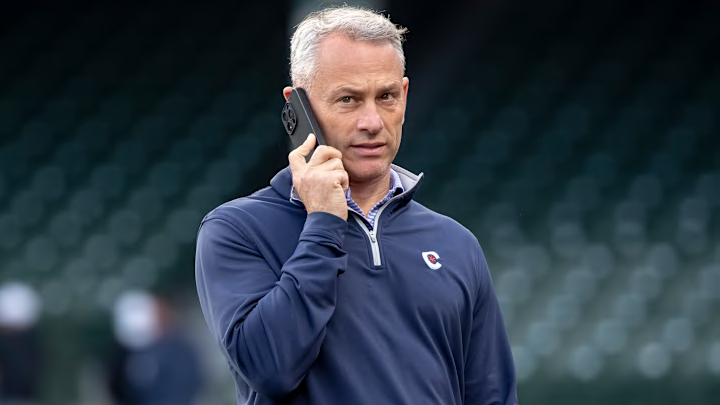After Ryan Pressly's acquisition, the closer role is all but answered for the Chicago Cubs in 2025. The team will likely utilize a tandem of Pressly and Porter Hodge, and questions remain about whether the Cubs will add at least one more player to their roster this winter. The Cubs are currently a projected $34 million under the first tier of the luxury tax, but would it be wiser to wait until the trade deadline to allocate those funds?
For one, you have the obvious ideology that the Cubs want to keep Kyle Tucker around. For a team that doesn't like to go over the luxury tax, that means not spending a ton right now to have those funds available for what will be a monster contract. That is not the only reason; however, the Cubs may be smarter to hold off on big spending. Let's first remember some key points from the end of the Cubs' season in 2024.
- Starting pitcher ERA: 3.77 (third in NL)
- Bullpen ERA: 3.81 (sixth in NL)
The Cubs' starting rotation was solid the entire season. Yes, Wrigley Field leaning well on the pitcher-friendly side in 2024 was unorthodox, but the team still performed admirably on the mound throughout the season. Now, after adding Pressly to shave off some of those blown saves figures to shore up an issue that has plagued the Cubs for multiple years without a true closer on their roster.
Adding Kyle Tucker's bat also will provide a jolt of life to the Cubs' offense in 2025. With the Milwaukee Brewers and St. Louis Cardinals taking steps back this coming season, the Cubs already have enough to coast to the MLB trade deadline either at the top or within striking distance for the top spot in the NL Central.
The trade deadline is when the Cubs should unload the rest of their funds for 2025. Instead of taking a risk on Jack Flaherty or another player (assuming the Cubs can't get Bregman, that would be a different scenario entirely, and you can close the window on this article if they can) and hoping he stays healthy, having at least $30 million at the deadline allows you to upgrade in multiple areas. With the Cubs' prospect surplus, they can outbid many teams for the most coveted players on the trade market and have the funds to not go over the luxury tax.
For more news and rumors, check out MLB Insider Robert Murray’s work on The Baseball Insiders podcast, subscribe to The Moonshot, our weekly MLB newsletter, and join the discord to get the inside scoop during the MLB offseason.
Cubs can add more later for the same amount of dollars as now
Imagine you're in a situation where you are looking to buy at the trade deadline, you're neck and neck with another division opponent for first place, and you have the luxury of adding another $30 million in payroll. With that money, depending on who's available, you can get a reliever, a top starter on an expiring contract, or one that you want to be part of the team's future, a hitter, etc. By the trade deadline, players are about 60% paid for the season and come at a fraction of the cost, with only two months to play.
Hypothetical example: if Dylan Cease costs $13.75 million this year by trade deadline, he'll be owed around $5.5 million for the remainder of the year. He is just one example, but a ballclub with an elite farm system can do a lot at the deadline if they also have money to spend.
The Cubs' farm system will be advantageous this season when adding big-league talent. Many teams have the financial might to buy free agents, but not nearly as many can compete with the Cubs when offering prospect packages in a trade. As long as they can remain relevant in the standings by the trade deadline, which they should be able to do as is, the Cubs should be able to catapult themselves forward in the second half.
